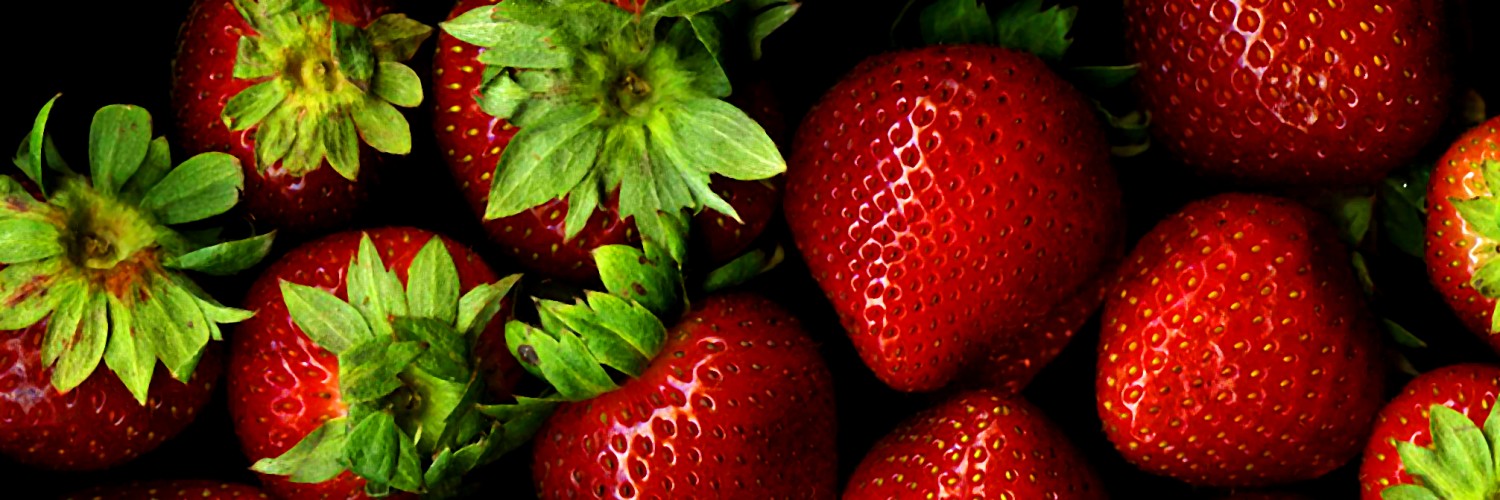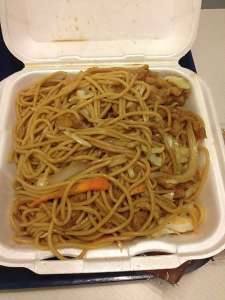Here’s the latest from my public health nutrition internship! I’m pretty much finished assessing city-owned vending machines now, phew! I started working on my summary report yesterday morning, and in the afternoon went out with my boss to two Chinese takeout restaurants in a pretty poor part of town. These are not establishments that strive to provide a high-quality dining experience; rather, they seek to provide cheap, quick, convenient, tasty food. If these two places were representative of all the Chinese take out joints, they each have a small, dirty vestibule, a counter and glass window where you order and pay, and a kitchen behind it.
Unsurprisingly, these restaurants provide a major source of salt in the diets of many low-income people in my city, and I would imagine in other cities as well. You can read my post on salt here, but at minimum know that a high salt diet is associated with high blood pressure, a condition which unquestionably puts one at higher risk for heart attack and stroke. The city’s public health department for which I work is collaborating with many of these Chinese takeout establishments to encourage them and give them resources to the reduce the amounts of sodium in their dishes. Many of them have responded very favorably and have begun to adjust the recipes of some of their popular dishes to include lower sodium ingredients, namely Chicken Lo Mein, pictured below, Shrimp with Broccoli, and General Tsao’s Chicken.
We went to these restaurants to help administer a taste test and accompanying survey of a reduced sodium dish to customers and passersby. People’s responses were interesting; some noticed the sample had less salt, and some thought it was too salty. Most of them, when asked, said that buying lower sodium foods from restaurants was important to them. It gave me great nachas (a Yiddish word for a combination of joy and pride) to hear that the people most at risk for high blood pressure were aware of the importance of dietary changes, regardless of whether they would act on this knowledge.
I also saw this from a much more pessimistic angle, though. For example, the General Tsao’s Chicken, even with less sodium, is not what I’d call strictly healthy. It’s breaded, fried meat in a sugary sauce, the nutritional equivalent of coating chicken fingers in soda. I do suppose that reducing the amount of sodium arguably makes it healthier than it was before, but that doesn’t make it a candidate for the whole foods, plant-based diet that I firmly believe is the way to go. Will this even make a significant difference in the lives or health of people who eat these meals? This campaign only affects a few dishes at each takeout place, and each still has a relatively high amount of sodium.
This is one of those times where I have to keep reminding myself that however small, it’s a step in the right direction. I guess we have to pass healthier before we get to healthy. If it saves five people from dying prematurely from a stroke, then it’s worth it. And there’s definitely something to the salt reduction campaign raising awareness of the importance of diet to health and longevity; the more people who are aware, the more rapidly change will happen. That’s why I write this blog. Spread the word ;).

